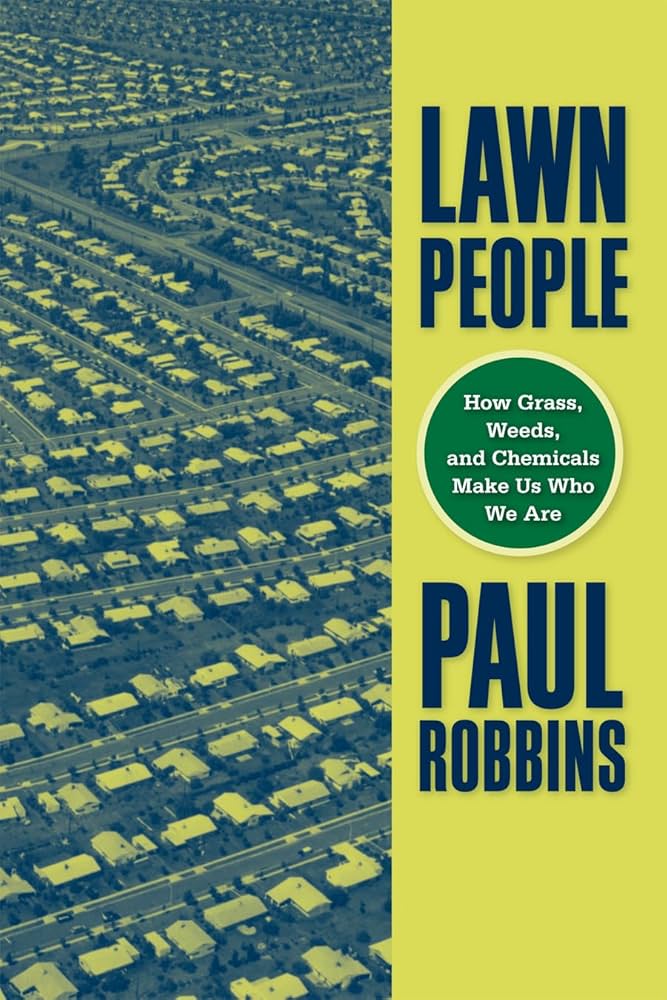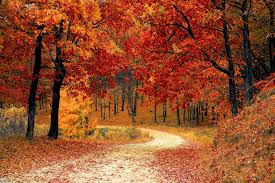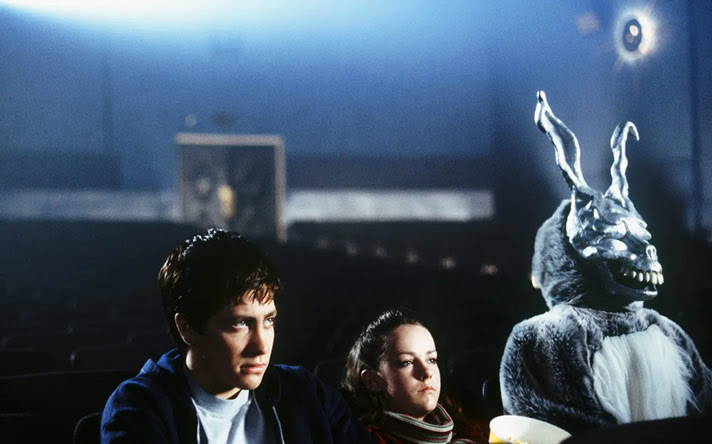A while back I had gotten my hands on the book Lawn People: How Grasses, Weeds, and Chemicals Make Us Who We Are. The book was written by Paul Robbins, a political ecologist, but rather than Lawn People being solely a book about ecology and its ties to politics in the context of lawns, Lawn people proved to be saying much more. Lawn people paints a deeply accurate picture of how all of us are influenced- all you must do to realize this is to stop thinking solely about the book as a book about lawns.
Paul Robbins is a professor of environmental studies and geography at the Nelson Institute of Environmental Studies at the University of Wisconsin-Madison. In the book Lawn People, Paul Robbins explains why exactly the idea for this book came to him. He tells of when he had recently bought a property in Colombus, Ohio, and he had been warned of a weed known as Creeping Charlie, which he described as “dull green moss mixed with clover”. Once he noticed it in his yard, he noticed companies and services trying to sell him solutions to the weed problem. Robbins continues to state how it kept him awake at night and how although he had long described himself as an environmentalist, the thought had grazed him of applying the lawn chemicals prescribed to him at night when nobody was watching. He described himself becoming a “lawn person” and explains how much it bothered him.
It is first revealed in the book that the American lawn is much separate from a “natural lawn”. Grasses and weeds agriculturally are natural survivors, though to survive, a lawn needs a variety of things which remove itself from looking kept and lawn-like in the sense we know it. A lawn is an ecosystem, and while the American Lawn is also an ecosystem, it is one stripped of all that makes it natural, it is as artificial as any other commodity. Without its elements, which make it an eyesore to many, it is unsustainable and requires large amounts of maintenance. In maintenance the book introduces us to mowing, herbicidal chemicals, insecticides, and fertilizers. Each of which damages the lawn in their use, and each requires usage of more products to maintain their look. The downsides of each of these forms of maintenance are also explained. Mowing damages grass and their ability to live, in the long-term impacting effects of seasonal change and droughts. Admittedly quite minimal, on the other hand chemicals have never been out of question of being harmful carcinogens and poisons that can harm drinking water and plant growth if swept into water supply. Fertilizers, on a similar note, when washed into water supplies can cause unnatural algae growth, and the entire process robs the water itself of oxygen, fish suffocate, and an ecosystem is irreversibly damaged or destroyed. The book makes it very explicit that water supplies and lawn products do not mix in any manner. Robbins makes all these points so the mystery of the actions of lawn care and their effects disappear in a second. The reader now knows how the American Lawn is a cultural aspect, the existence of which is entirely artificial and damaging the ecology around it.
The interesting part of the book comes from Robbin’s look into how the American Lawn influences people and the phenomenon of lawn culture. In several surveys conducted throughout the book, the lawn person is revealed to the reader. The lawn person is a relatively highly educated, upper middle-class, white homeowner with children, many of which understand the weight of their actions in choosing to use chemicals on their lawn and pay for expensive lawn care. Many of these lawn people believe that other people’s use of chemicals in their neighborhood is damaging the water supply but they themselves continue and believe that they are exempt from these damages. These lawn people also are shown to act out of sense of pride in the sense that they would like to maintain and show off the value of their neighborhood or area, and this belief manifests itself in the subconscious, persisting impulse of lawn care. As it turns out, lawn people are much closer to us than would be comfortable to think. One facet of the book’s value becomes evident because of this; it gives an in-depth look into a very specific way we can be influenced to do something explicitly bad for the environment with our full consent and knowledge. At one point in the book, eight people from an area called Kingsberry Court in a very specific cul-de-sac are interviewed as lawn people. In this section are the accounts of people who are upper middle-class, white, have children, each make over one hundred thousand dollars a year, and are well educated, and yet still give haunting accounts of their actions despite the observations they make of the world around them. One homeowner describes her decision to continue her expensive lawn treatment even after she sees her dog’s paws start bleeding because of it. Another person, named Walter tells a story from his local country club where his son works. After a lawn treatment of the course and a rainstorm the day after, all the ducks at the club had died the next day. His son was tasked with loading the ducks into a dump truck to take them away. The damage evidently is only a problem due to its proximity to the club and its business. Walter makes a remark:
“Obviously if it kills ducks, it kills fish too. It says that on the bag [of pesticide], but you know you don’t pay attention to that. Still, it goes down the drain. I want a nice-looking lawn, but I don’t want to endanger any [wildlife]”.
The book contains countless stories by people to explain their use of lawn chemicals despite their knowledge of the damage it causes. Robbins makes the point that many of these people believe that because of the small-scale use and the fact that professionals apply the chemicals on the lawn, the damage can be reduced or negated. This sentiment is said to be reinforced by the lack of knowledge that the participants have in the act of chemical lawn care. This belief of exemption from the problem due to the circumstances provided is a fantasy of the participants in the survey in the book. Though it’s an incredibly compelling one, how much do any of us know about professional or large-scale lawn care? How much do any of us know about any subject? For most things that we deal with, we are not professionals, and we are humans subject to the influences which have significantly influenced lawn people in culture, pressure from neighbors and expectations, and anxiety. How are any of us safe from being involved in the implications of wider problems that we know go on around us, yet we choose to ignore out of lousy reasoning, and lesser care.
In the end Robbins explores the issue of blame which shifts around uncontrollably. It’s a problem perpetuated by people much more powerful than ourselves just as much as it is perpetuated by… well… ourselves. It’s also a problem surrounding the culture of lawns that we are doomed too; there are no good alternatives to the American Lawn in American suburbs. The fact is the problem has diluted itself beyond the care of most people. That’s why the book is so interesting for what it is. It’s a view into a world neglected and inhabited by people of the American suburbs from the perspective of the people of the American suburbs. It’s a tale that seems hopelessly unavoidable, easily repeatable, and highly applicable. So, is the book Lawn People relevant? I would argue yes, a deep knowledge of the issue of the American Lawn is a fable worth hearing, not because of its exact and literal meaning and application but because it’s an exercise in readiness and awareness of a category of particularly large problems that is needed. These problems that are reinforced by our environment and which live in our everyday lives and material possessions. The book is an invitation to begin thinking about these problems, where they may lie, what implications they may have, and who (or what) they affect. Robbins makes a great general conclusion about why we should care about “objects” and the problems associated with them:
Influencing the “objects” all around us may indeed be the easiest way to change ourselves. It might seem like an odd conclusion, both freeing and frightening, to suggest that the world is both profoundly structured but also totally malleable, that no one is driving this train and that it has no track. Unthinking the lawn is only the beginning it seems. So we really ought to start now.






